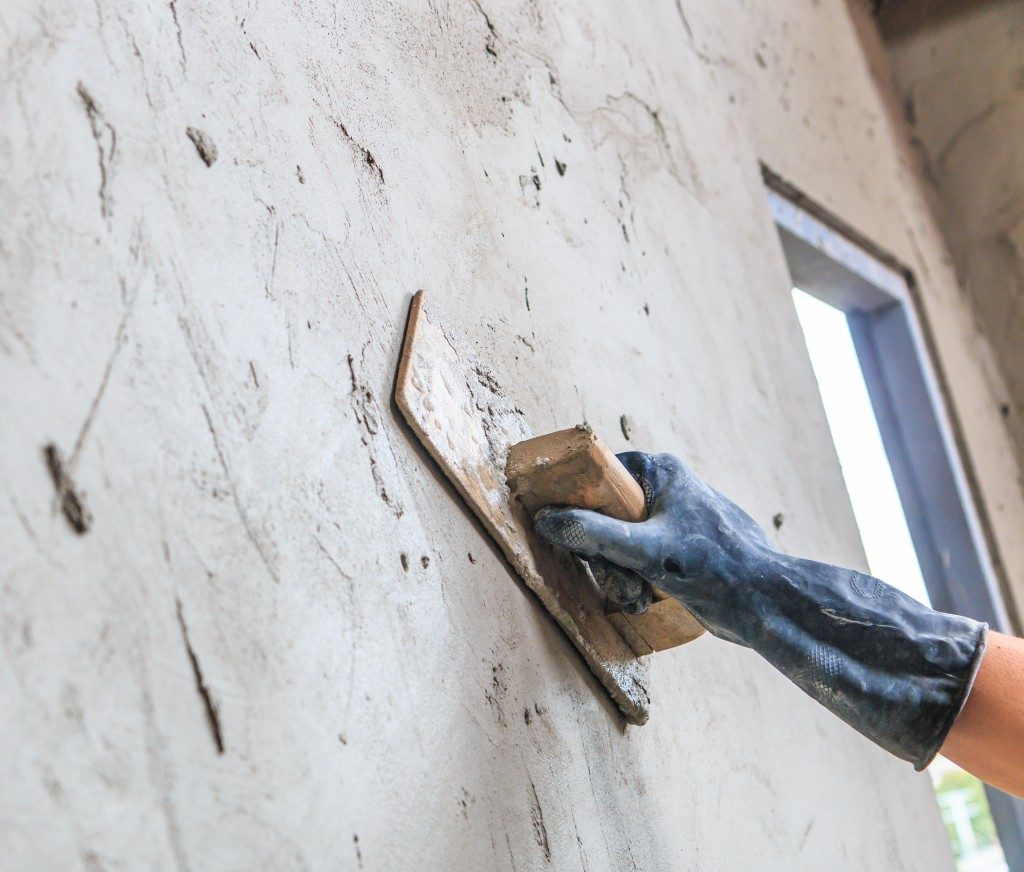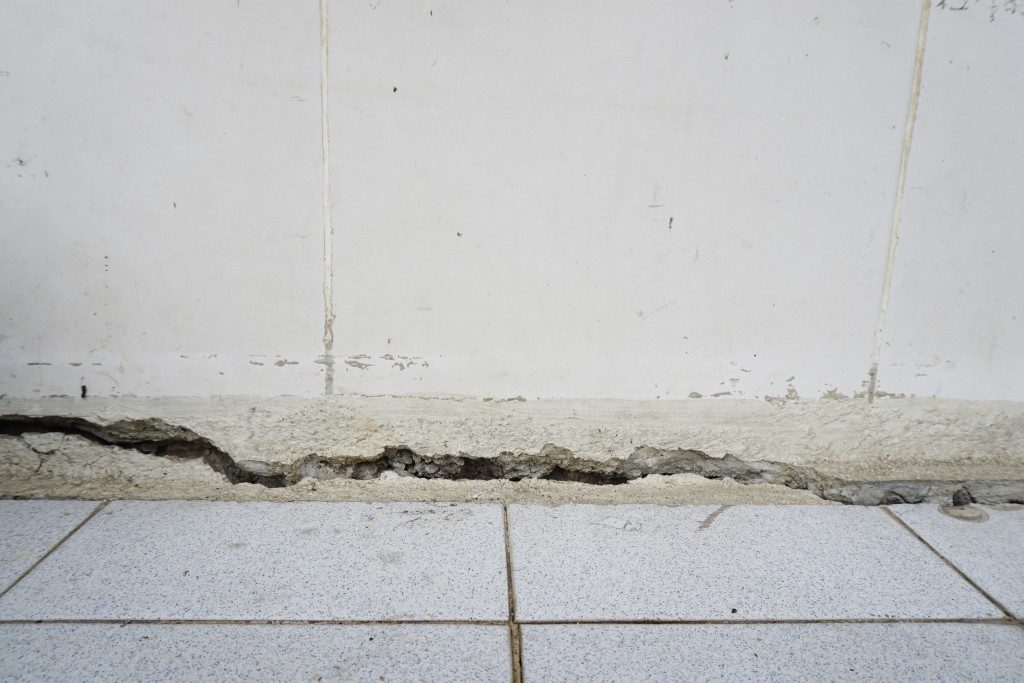Concrete cracks are not a laughing matter to the typical homeowner. At times, the average person is left to wonder what they should do and what they should avoid when they notice cracks on their floors, walls, or foundation.
Should you use concrete crack repair products? How about the gravity filling of cracks in concrete or other methods, such as drilling, grouting, plugging, and stitching?
Knowledge about concrete crack repairs will, therefore, come in handy when posed with these questions. You must note that not all cracks should be repaired, though. For example, if cracks are due to drying shrinkage, it will stabilize over time. Some cracks need to be explored first before applying the necessary solution. Whatever the type of crack you have in your concrete structure, it is important to avoid some mistakes to keep the situation from worsening.
Here are the things you should not do when you see concrete cracks in your property:
Do NOT skip the process of cleaning before doing any repair
Before you even become familiar with certain concrete repair products (such as concrete filler), it is important that the vicinity of the concrete crack is clean. Dust and debris are unwelcome. There should be no dirt or oil in the area. Cleaners that remove grease are even highly recommended, so the products will bond to the cement and work well. If these contaminants are not eliminated, they will reduce the effectiveness of repairs and even prevent epoxy bonding.
Doing this step will help in the next steps, such as chiseling and keying. Skipping the process might not lead to the most effective results you want.
Do NOT rush repairs if a suitable assessment of the crack and its structure has not been done
Don’t just hit the Internet looking for short-term repairs without knowing what type of crack has occurred. There are different ways to repair concrete cracks, and it is important to note first what type it is that you have. Otherwise, the repair may be incompatible. For example, there are wide concrete cracks that require undercuts to their sides so that they can be given an inverted “V” shape.
Narrow cracks require masonry crack elastomeric fillers, usually done using a caulking gun. Without this initial knowledge, the repair might not go as well as it should. Hairline cracks – really small ones – require vinyl concrete patching. If repair caulking is done for this type of problem, it might not be effective over time, as the caulk tends to peel off of the surface.
Do NOT do it on your own if you really can’t; consult a professional
 Certain types of concrete crack repairs require high levels of skills so that they can be successful. If those methods prove to be difficult to do on your own, it’s best to consult a professional first.
Certain types of concrete crack repairs require high levels of skills so that they can be successful. If those methods prove to be difficult to do on your own, it’s best to consult a professional first.
Several resources provide information about resolving concrete cracks. Of course, cracks on buildings require more attention than the household ones. Regardless of the nature of the crack, it is important to prevent mistakes rather than worsen the problem. To be sure, always ask for professional help.

